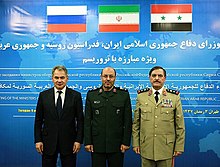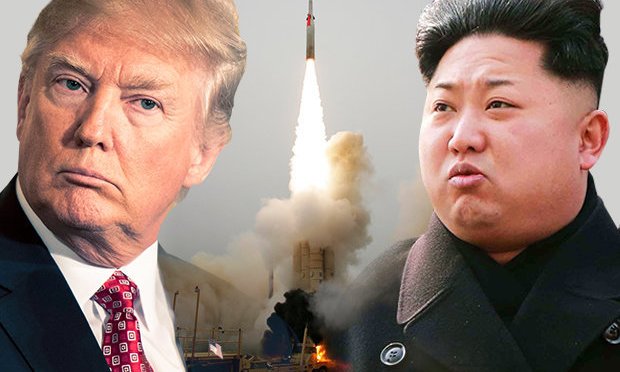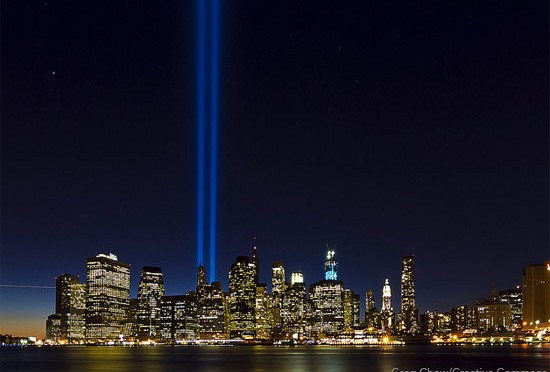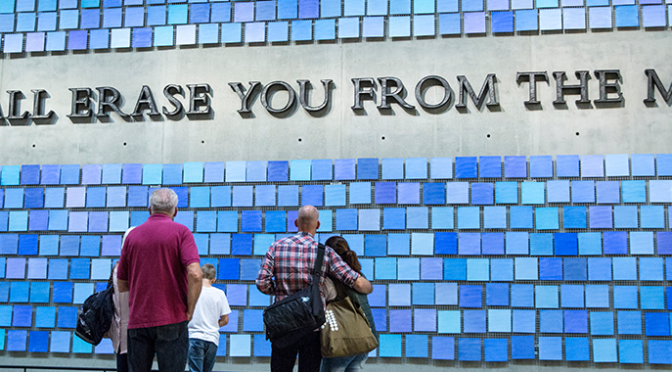In my research topic, I am focusing on Russian motives to engage in the Syrian Civil War, and how America, mainly under President Barack Obama’s administration reacted to the escalating conflict, and Russia’s growing influence in the Middle East. This research topic, especially Obama’s actions, is highly debated amongst scholars, and with the longlasting consequences of this civil war, it is therefore of interest to analyze competing approaches.

Scholars and opinionists have differed in their approaches to Russia’s motives in playing a key role in the Syrian Civil War. In his book, The Battle for Syria: International Rivalry in the New Middle East, Christopher Philips suggests Putin intervened in Syria to recognize Russia as a global superpower on par with the United States. Philips divides Russian motives into three macro reasons: geostrategic, domestic, and economic. These fields are discussed in Amos Yadlin’s article, Russia in Syria and the Implications for Israel, as he portrays Moscow’s strategic incentives in engaging in Syria. Both Yadlin and Philips relatively agree why Putin invested immense resources in Syria. Regarding America’s response to the Syrian Civil War, Max Boot and David S. Sorenson differ very much in their approaches to analyzing Obama’s conduct. Max Boot, in his article “Cleaning Up Obama’s Syria Mess” criticizes Obama’s administration for being too subtle in Syria, and allowing the Russian’s to dictate diplomacy. On the other hand, David S. Sorenson, in his book Syria in Ruins: The Dynamics of the Syrian Civil War, acknowledges the context in which Obama was when making decisions not to engage in military conduct, and use diplomacy. As of now, I am hoping in my RBA to examine the options Obama had to engage in Syria and deal with the ongoing empowerment of Putin in the Middle East, and argue that it was in America’s best interest to engage early and firmly in Syria.
Works Cited:
Sorenson, David S. Syria in Ruins: The Dynamics of the Syrian Civil War. 2016. Print.
Phillips, Christopher. The Battle for Syria: International Rivalry in the New Middle East. 2016. Print.
Boot, Max. “Cleaning Up Obama’s Syria Mess.” Commentary 142.4 (2016).
Yadlin, Amos. “Russia in Syria and the Implications for Israel.” Strategic Assessment, vol. 19, no. 2, 2016. World Affairs Online.
Image Credit:
http://www.wikipedia.org








